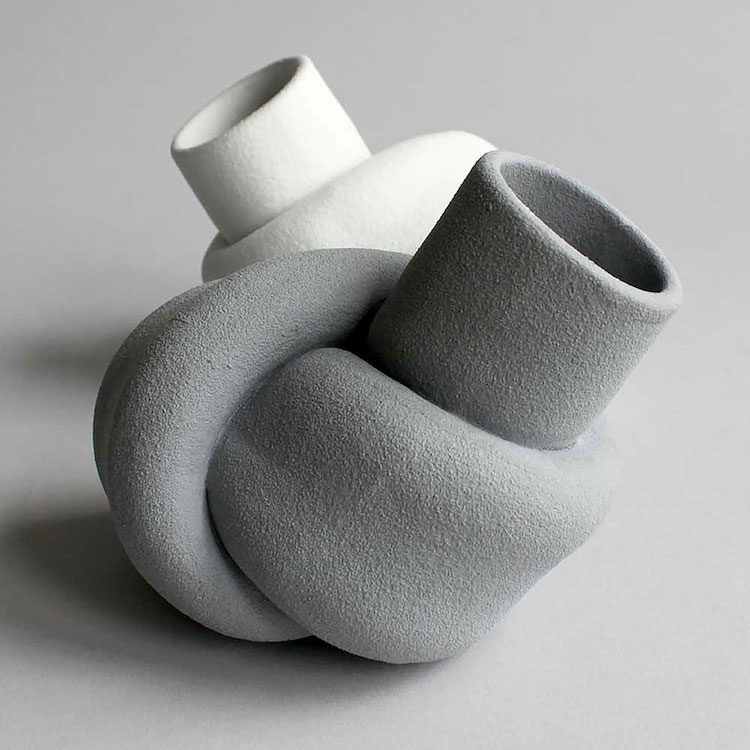Wallpaper* published this interesting article on the history of ceramics, one of the world’s oldest crafts, particularly its emergence in China, and how its transformation into fine art influenced the rest of the world.
Ceramics at their most basic is simply a process of mixing water with earthen powders and clay, shaping it and baking it at high temperatures. But it is one of the world’s oldest crafts, which over millennia has been perfected to a high art, particularly by the Chinese, whose porcelain has had an enormous influence on other cultural traditions around the world; it is no coincidence that the English word ‘china’ is named after the country.
Fired clay vessels are believed to have emerged during the dawn of agriculture in the Neolithic period, however, a new study published in 2012 may change that previously held narrative. Radiocarbon dating has confirmed that shards of Chinese pottery discovered in Xianrendong Cave in China’s Jiangxi Province date back to 18,000 BC—in a nutshell: ceramics date back to the Ice Age.
It has been snowballing ever since. You can read the rest of the article here, which delves into catalyst for the Dutch craze of blue and white porcelain and Europe’s role in shaping the future of ceramics as European, even American, artists and designers make pilgrimage to Jingdezhen, the porcelain capital, the genesis of their medium.
Featured above is a ‘Knotted’ vase featuring a rough sandy textured glazed surface and flowing form, which represents the moment of a brainstorm, but Dutch designers Judith van den Boom and Sharon Geschiere who visited Jingdezhen to utilize the city’s techniques and facilities.
Delft University of Technology graduate David Derksen’s exhibition Oscillation Plates (2013) was one of the finest examples, combining the ancient Chinese craft with contemporary experimental gestures. Wallpaper* writes the patterns on the plates represent the mathematical rules in play in the pendulum’s swing together with the random incidence of the human who causes it to move, echoing the Chinese concept tiandi ren (harmony between and unity of man and universe).

Bottle with Shou character for longevity, China 1522 – 1566, porcelain. From China Character: The Story On Porcelain exhibition at Gemeentemuseum in the Hague, the Netherlands. Click for larger image
Spanish designer Jaime Hayon‘s Chinoz features a ceramic urn-shaped body crowned by a frosted glass shade, designed for lighting company Parachilna.
British designer Christopher Jenner‘s his contemporary ceramic tableware collection in collaboration with Yixing Ceramics with an installation titled The Tea House at Milan Design Week 2017. Employing purple Zisha clay from Eastern China’s Jiangsu Province Jenner discovered on a recent trip to China, his tableware collection reflects today’s desire for narrative and heritage.
Today, there are 11 key innovation and manufacturing hubs in China, including Jingdezhen, and together they are responsible for two thirds of the world’s ceramic production.
Do you love or loathe this History File from the world of contemporary ceramic art and contemporary ceramics? Share your thoughts in the comments section.





Add your valued opinion to this post.